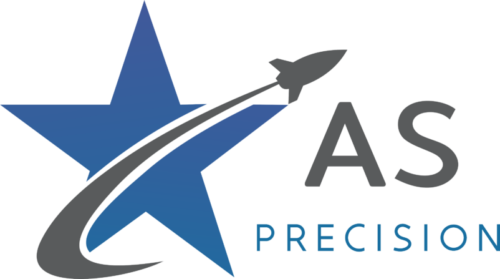With the importance of creating products on a large scale, there are many great additions to CNC Rapid Prototyping that you should be aware of. In this blog post, you will learn about how it works and why you should try it!

What are the Benefits of CNC Rapid Prototyping
CNC rapid prototyping is a process that allows for the creation of a model or prototype using a computer-controlled machine. This method can be used for a variety of purposes, including product design, engineering, and manufacturing. Here are a few of the benefits of using CNC rapid prototyping:
-Quick turnaround times: Because CNC rapid prototyping is done using a computer, models can be created relatively quickly. This means that changes can be made to the model quickly, which can lead to quicker iterations and better outcomes.
-Low cost: Because CNC rapid prototyping is done using computers, it doesn’t require the use of specialized equipment or materials. This means that it can be used in settings where cost is an issue, such as small businesses and startups.
-Non-destructive testing: With CNC rapid prototyping, models can be tested without damaging the original object. This is especially useful for testing designs that may be too delicate or expensive to try out in an actual setting.
How Does a CNC Rapid Prototyping Machine Work?
CNC rapid prototyping is a process that uses a laser, CNC milling machine, and 3D printing to create a prototype part or product. The technology has been around for many years but is only recently becoming more widespread due to its advantages over other methods of manufacturing.
CNC rapid prototyping is often used when creating products that need to be designed quickly and with precision. Because the process can create parts from digital files, it can be used for a wide variety of products including medical devices, prosthetic body parts, and computer cases. Additionally, because the prototypes can be quickly created and tested, designs can be tweaked and revised until they are perfect.
The process of using a CNC rapid prototyping machine is relatively simple. First, a digital file of the desired product or part must be created. This file may be in the form of an electronic drawing or 3D model. Next, the file must be converted into a format that the CNC milling machine can understand. This is typically done using CAD software.
Once the file has been converted, the CNC rapid prototyping machine can begin machining the part. The machine will use a laser to cut out the desired shape, layer by layer. Each time the machine is used, it records each of its movements using a computer or video camera. The resulting 3D CAD file can be viewed and edited at any time to make alterations to the original product design. Once an acceptable design has been created, the CNC rapid prototyping machine will be able to create a full-sized prototype in just a few days.
Conclusion
Essentially, CNC rapid prototyping allows you to create a 3D replica of an object or product using a computer-controlled machine. This can be useful for creating models, testing ideas, and even producing prototypes faster and cheaper than traditional methods. If you are interested in trying CNC rapid prototyping service, don't be hesitant to contact AS PRECISION.
